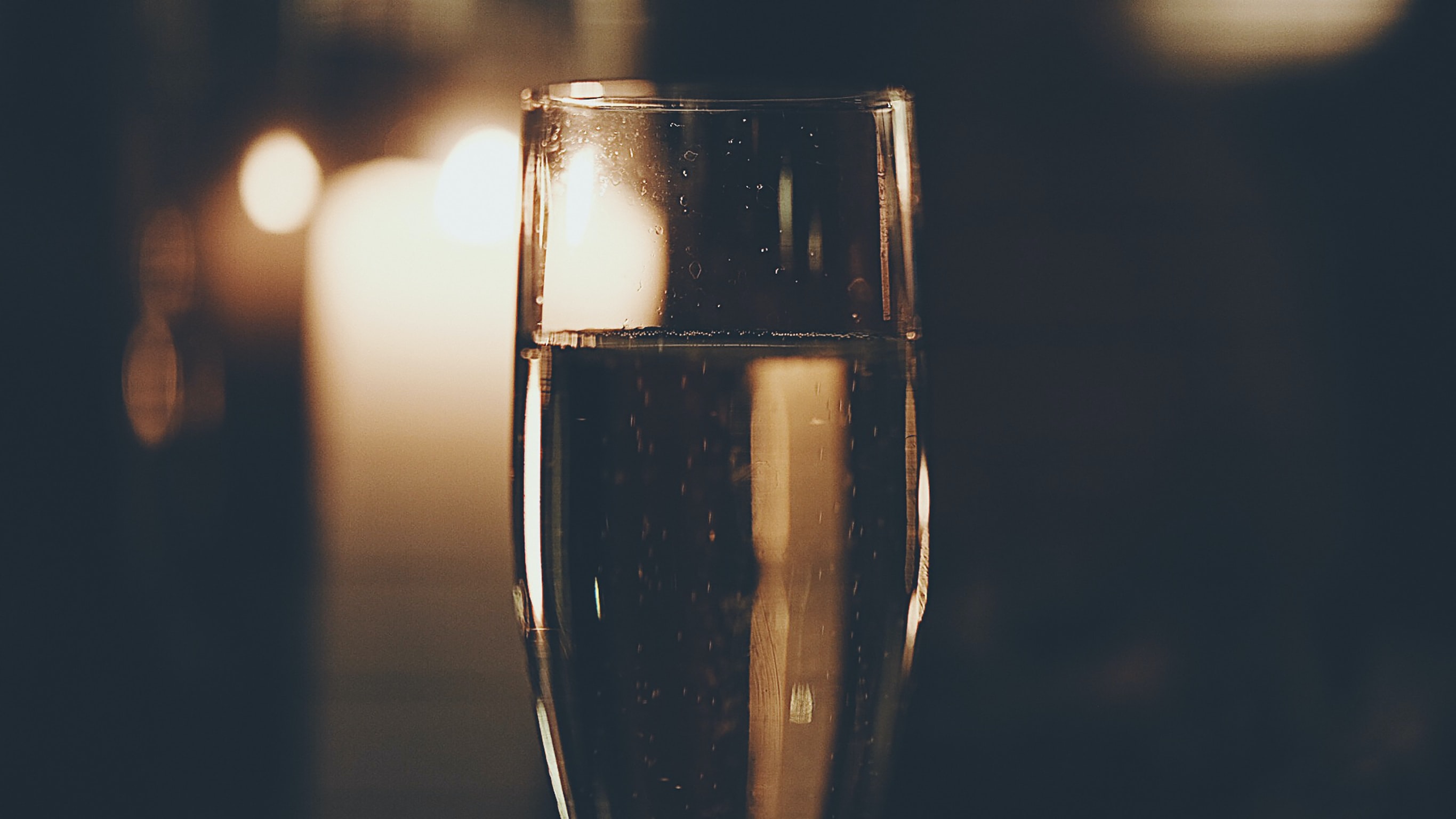

Whether for Christmas, New Years Eve, a birthday or just because, a bottle of bubbly is a fine way to mark an occasion. And since we're now all enjoying more restaurant style meals in our own homes, champagne and all, it means that we only have ourselves to rely on when it comes to opening champagne both successfully and in a somewhat elegant fashion.
There are a few different ways to open champagne; you can open it for show, or even saber champagne but this quick guide will show you how to open champagne at home in the simplest way. Rather than a pop that is sure to wake up anyone indulging in a nap on the couch, your champagne will sigh delightfully. Sure to keep the bubbles in tact, as well as any glassware around also, have your best champagne glasses at the ready and keep scrolling to get clued up.
1. Chill the champagne
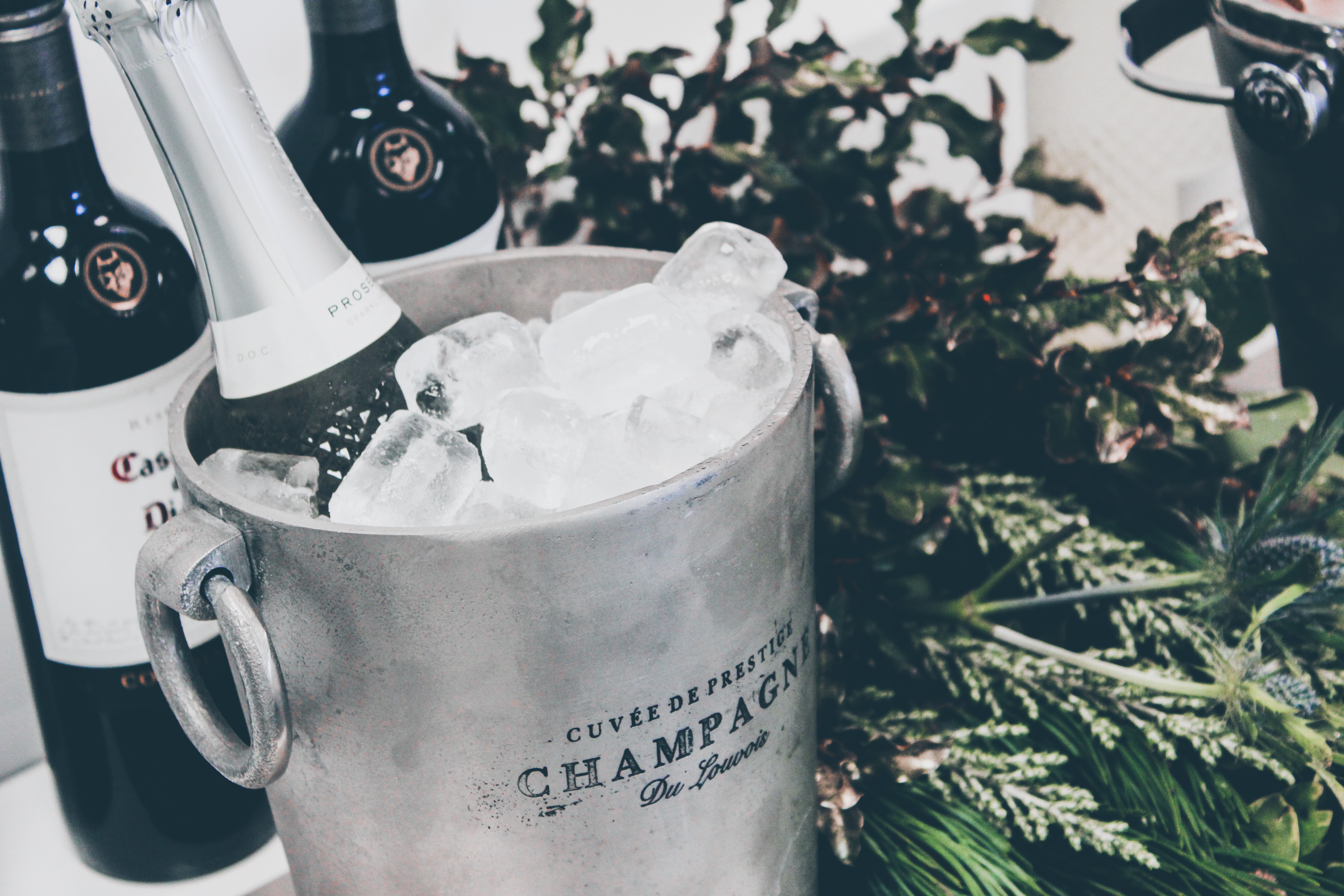
It is out of the question to serve warm champagne but there is more benefit to chilling the bottle than just the fact that it tastes better. Ideally your champagne should be chilled to around 45 F/7 C, since, if your champagne or prosecco isn't cool enough, the pressure will cause the cork to project prematurely and dangerously which isn't what you want.
2. Prep the bottle
To ready your bottle of champagne, you need to remove the foil sleeve. You can do this by hand or with help of a wine key/cork screw. This will reveal the cage which protects the cork. You need to be careful here as you don't want to release the cage until you're ready to open the champagne. Avoid this by keeping your thumb on the cork, using a napkin to cover it also if you wish, as you untwist the "O" about six times, and usually anticlockwise.
3. Release the bottle
When it's time to open the champagne, you want to rotate the bottle, not the cork as this could run the risk of corking the champagne.
The pressure from the bottle will naturally release the cork, which you should hold steady in your non dominant hand, leaving the champagne bottle free to rotate in your dominant hand.
4. Control the cork
At this point your dominant hand should have moved about midway down the bottle to support it. When the you begin to feel the cork move on its own, you'll want to push against it gently to stop it releasing prematurely.
5. Control the pop
To achieve a pleasant sigh and not an earthly pop, keep hold of the cork firmly and press your thumb up just beneath the lip of the bottle to draw the cork out smoothly, 'catching it' as it were.
6. Serve up
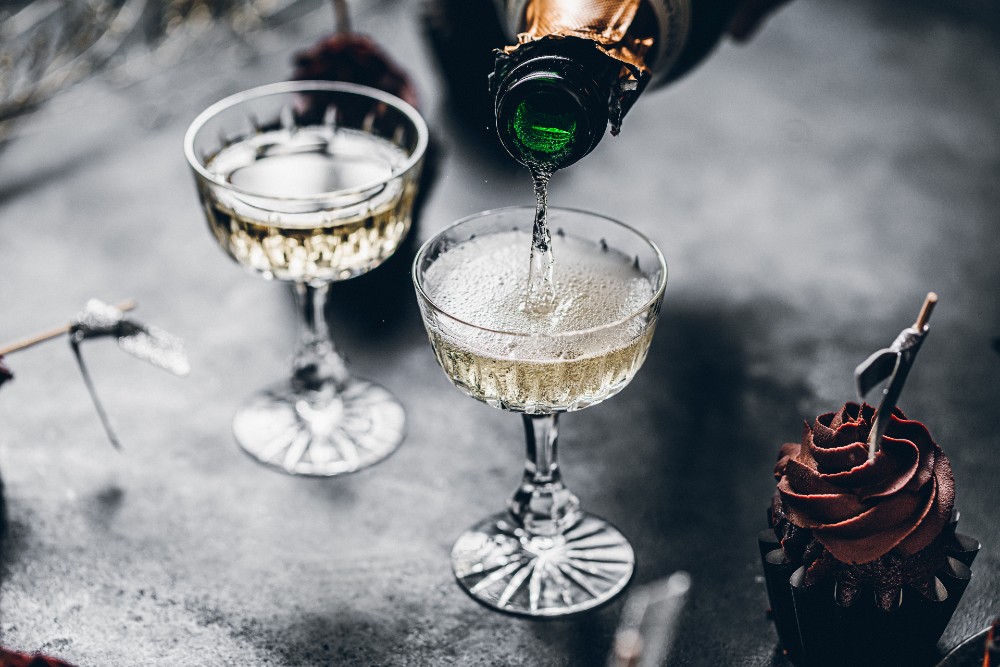
Beautifully done. Now simply wipe the lip of the bottle with a clean tea towel or napkin and pour the bubbly into your champagne flutes, one third of the way up only.
If you want to use champagne in a cocktail, our favorite is a French 75.
Pro Champagne pouring tips
Use these pro tips to ensure that your champagne opening display is faultless.
Ensure the bottle is dry: if you were storing it in an ice bucket or wine cooler, be sure to wipe off any condensation that could cause the bottle to slip out of your hands when opening it.
Stand your glasses upright: and it is best etiquette to only fill a third of the way up. Once everyone is served, then you can top up.
Do not shake the bottle: this can cause the pressure to build up which will release the cork dangerously at high velocity. Should you or an overexcited child shake the bottle accidentally, leave it to settle for a couple of hours.
Join our newsletter
Get small space home decor ideas, celeb inspiration, DIY tips and more, straight to your inbox!

I'm Cam, the former deputy editor of Real Homes who worked on the site from 2020 to 2023. As a renter myself, sharing a home with two friends (and my cat) in London, I know all too well the challenges that this can pose when it comes to creating your perfect setup. As someone who has always loved everything interior design-related, I cannot rest until a home feels right and I am really passionate about helping others get there too, no matter what their living situation, style, or budget may be. It’s not always the easiest to figure out, but the journey is fun and the results are so worth it.
After interior design, travel, art, and photography are my next big passions. When I’m not writing or editing homes content, I’m usually tapping into other creative outlets, exploring galleries in London or further afield, taking photos, scribbling, or drawing!
-
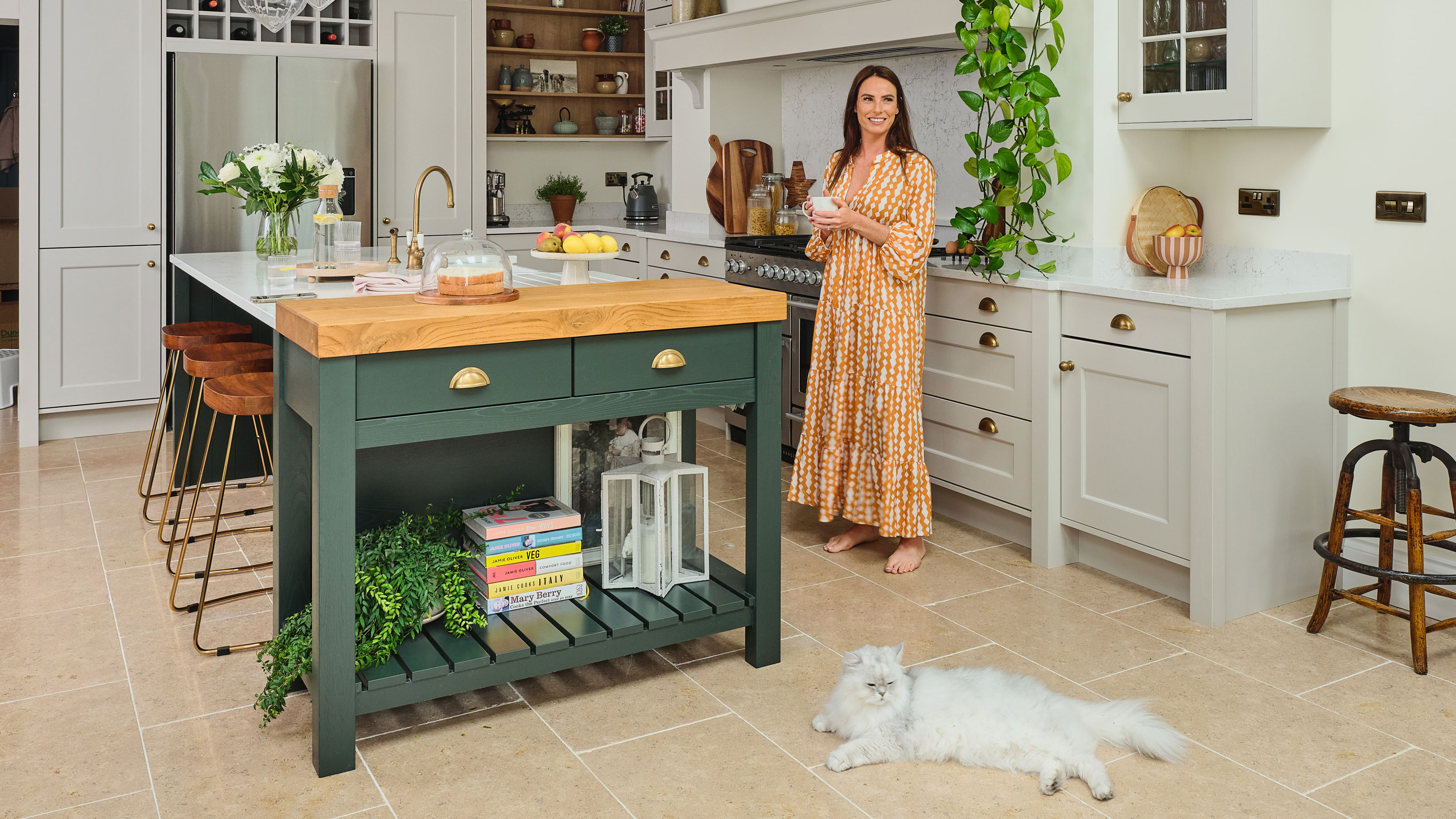 You won't believe this stunning five-bed family home used to be a tiny two-bed
You won't believe this stunning five-bed family home used to be a tiny two-bedKatie and Stuart went big with a double-story extension to create a dream space for themselves and their daughters
By Ifeoluwa Adedeji
-
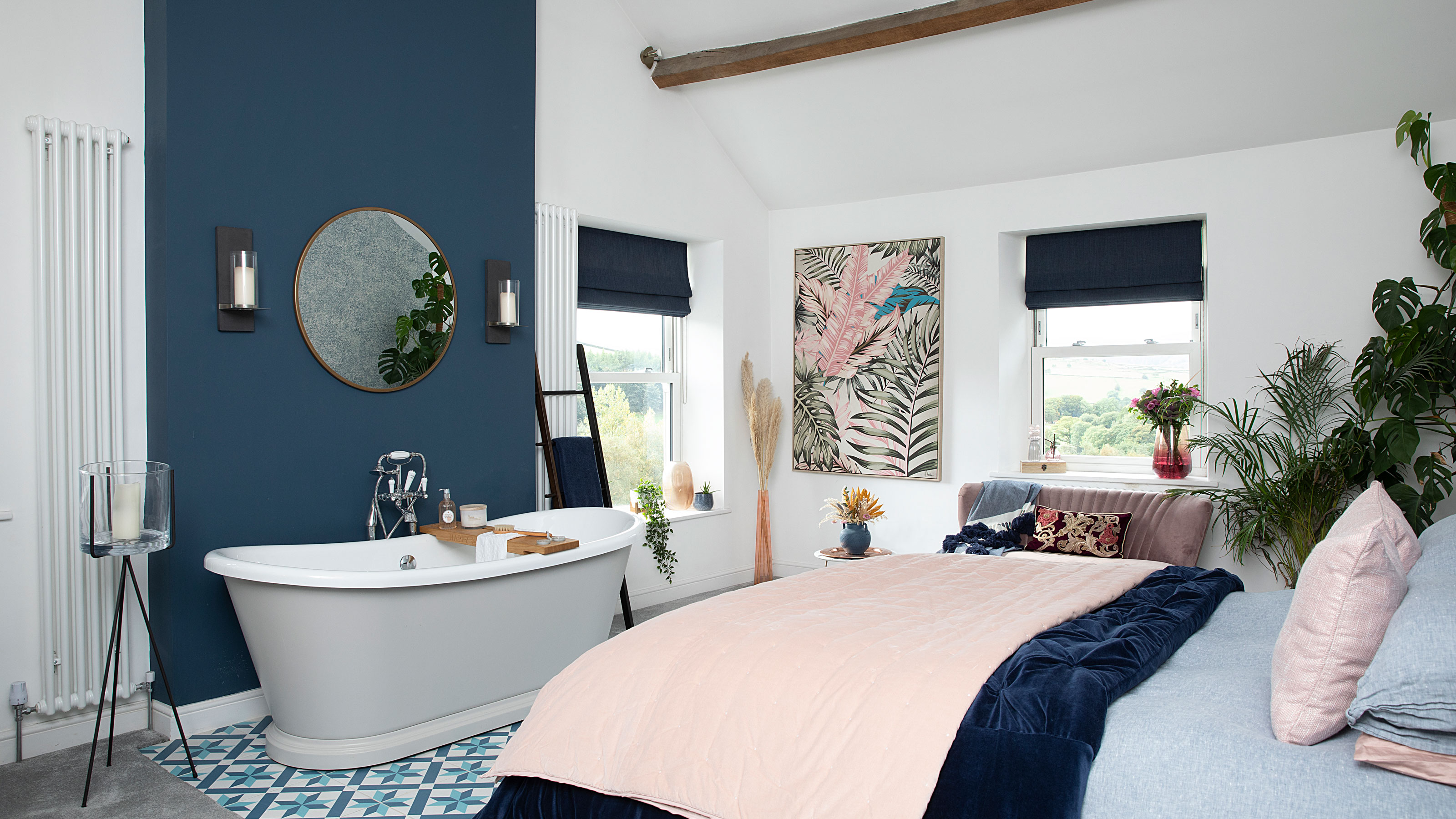 The freestanding bath in this dreamy bedroom is sheer five-star luxury
The freestanding bath in this dreamy bedroom is sheer five-star luxuryEmma and Martin wanted a suite just like in an upscale hotel — mission totally accomplished.
By Ellen Finch
-
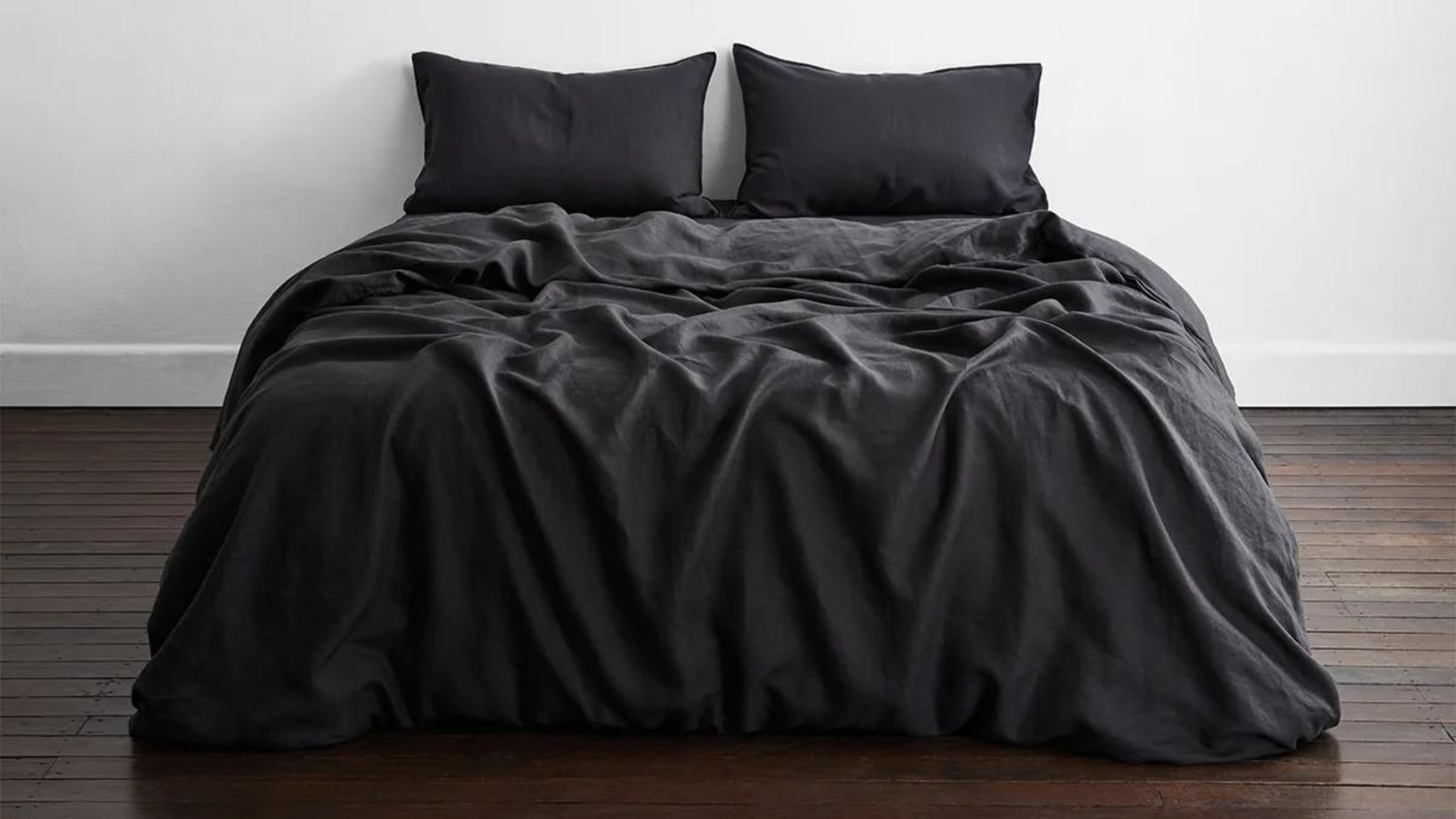 I just know 2023 is going to be all about black bedding sets
I just know 2023 is going to be all about black bedding setsWhite sheets are out, black bedding sets are in — here's everything you need to know about this bedroom decor trend
By Louise Oliphant
-
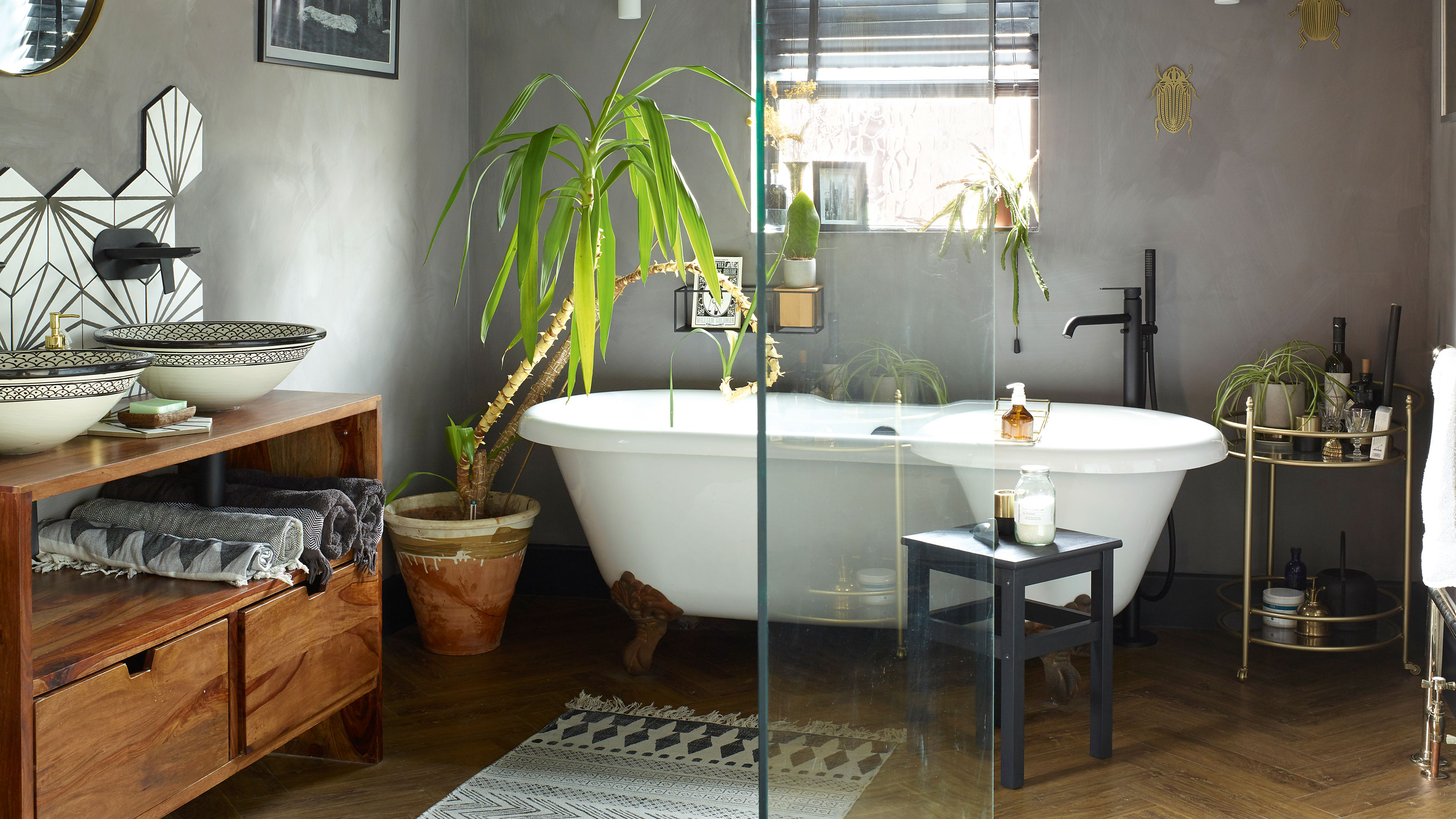 A bland beige bathroom is transformed into a STUNNING contemporary sanctuary
A bland beige bathroom is transformed into a STUNNING contemporary sanctuaryFirst-time homeowners Ellie and Oliver’s new bathroom is a well-planned fusion of modern pieces and exotic touches
By Ellen Finch
-
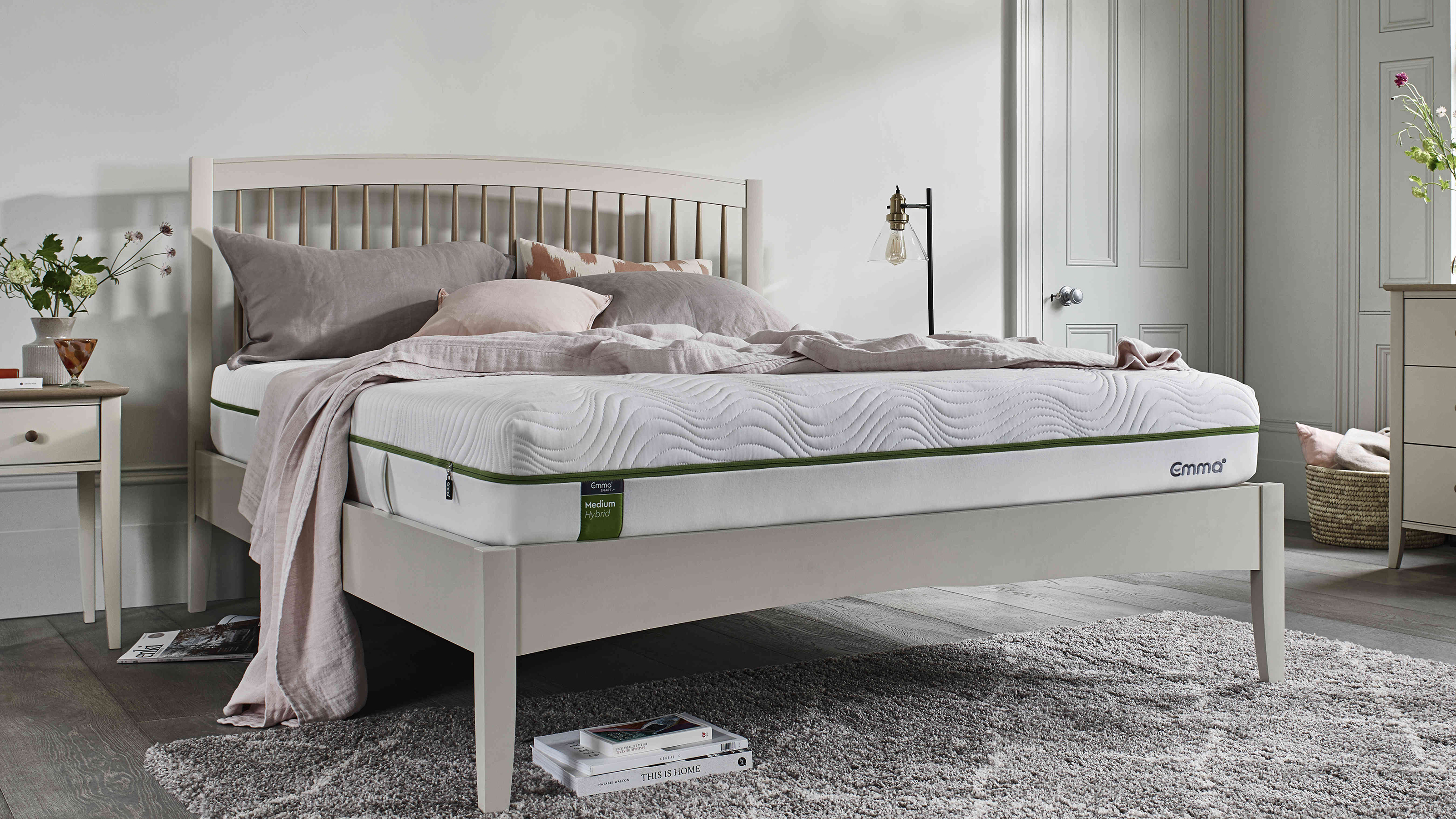 Mattress disposal: how, where, and how much it will cost?
Mattress disposal: how, where, and how much it will cost?Mattress disposal is tricky. You’ve swapped it for a supportive new design, but how to dispose of the bulky old mattress? Follow our guide to find out...
By Sarah Warwick
-
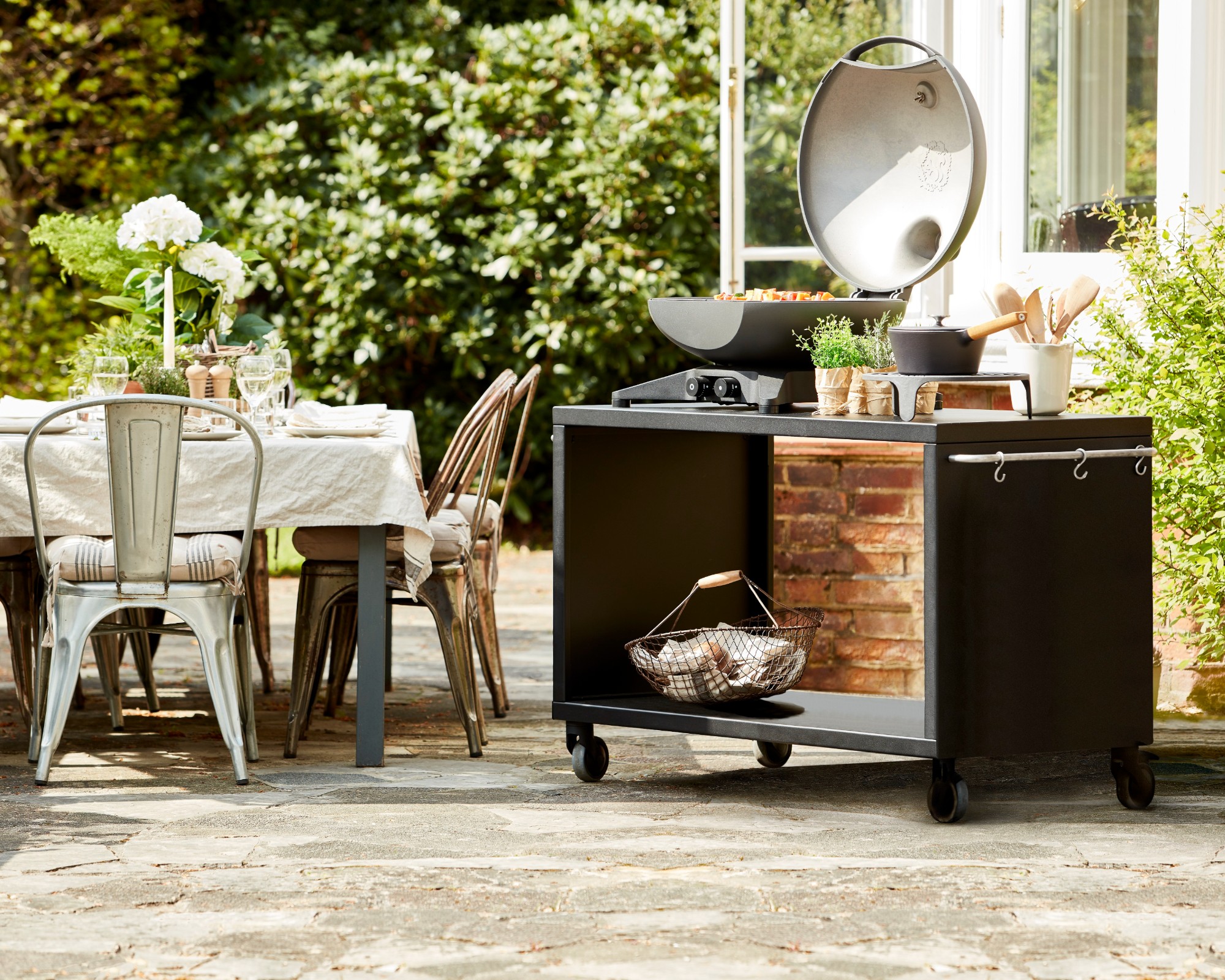 36 outdoor kitchen ideas – enviable and inspiring designs for your backyard
36 outdoor kitchen ideas – enviable and inspiring designs for your backyardEnjoy alfresco cooking and entertaining all year round with the best outdoor kitchen ideas for every space and budget.
By Sarah Warwick
-
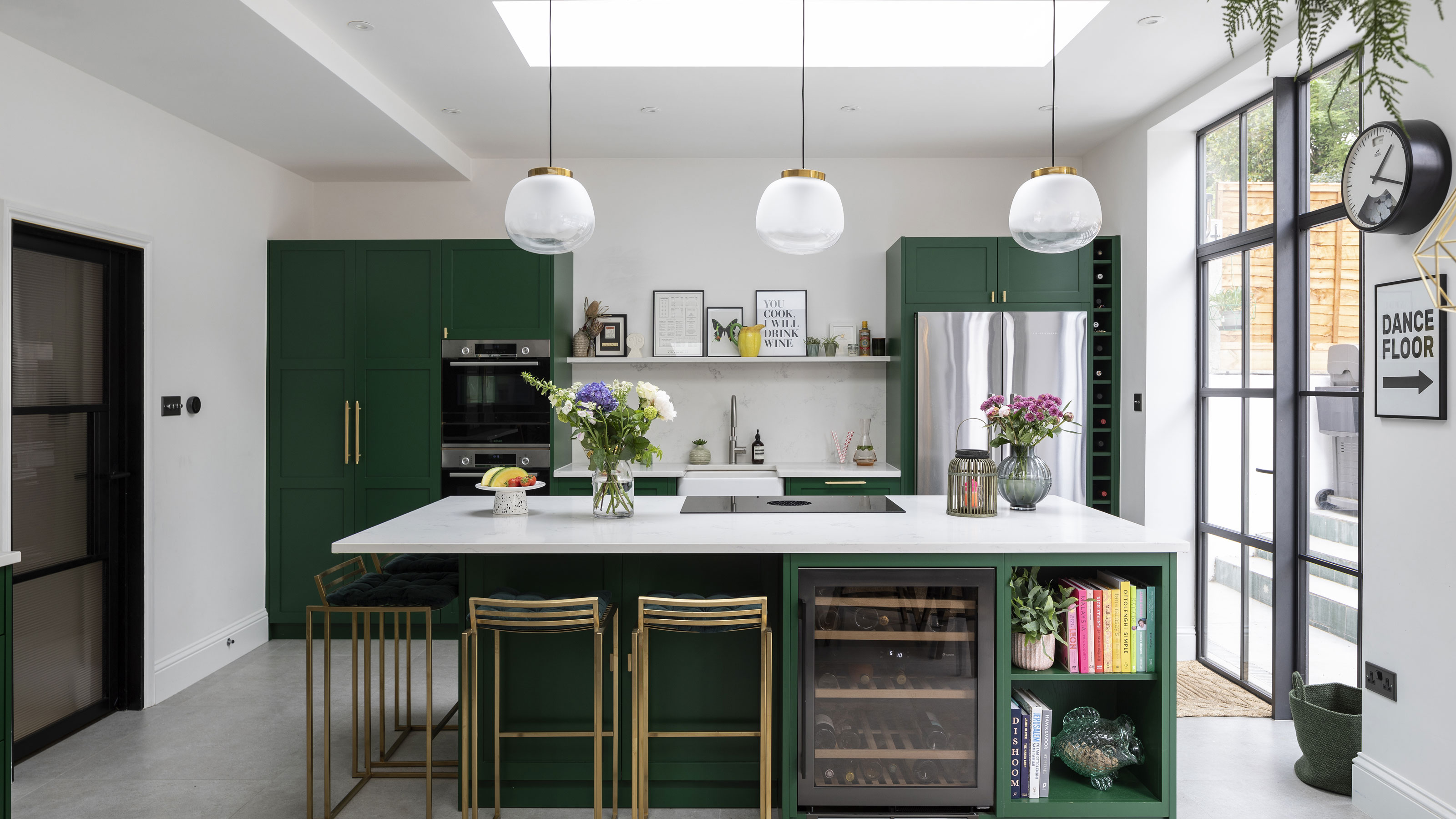 Real home: Gorgeous green kitchen has a fresh feel
Real home: Gorgeous green kitchen has a fresh feelA stunning extension and Charley Smith's clear design vision has resulted in a family kitchen-diner that’s ripe for entertaining.
By Ifeoluwa Adedeji
-
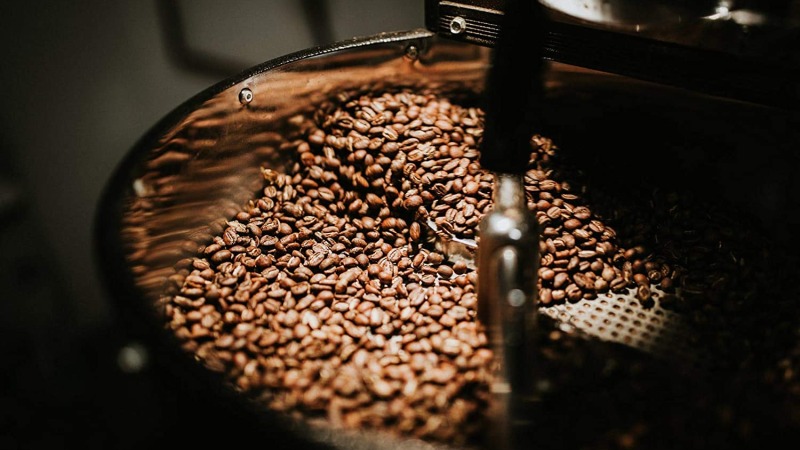 [redirected] Best coffee beans: 12 delicious coffees to start your morning with
[redirected] Best coffee beans: 12 delicious coffees to start your morning withYour perfect cup of coffee starts with the coffee bean. We're sharing our best-bagged beans from coffee shop favorites to gourmet roasters.
By Jaclyn Turner